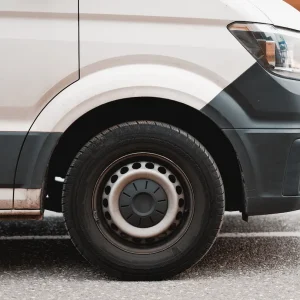Fleets seeking to take advantage of the concession designed to help them adopt 4.25t electric vans are facing operational restrictions and uncertainties, according to the Association of Fleet Professionals (AFP).
The concession was introduced by the Department for Transport in 2019, to increase the weight of electric vans standard B licence holders were able to drive from 3.5t to 4.25t, allowing for the increased weight of electric van batteries. Such vehicles are also exempt from O licence rules.
However, according to the AFP, challenges remain for fleets. These include that, because as such a van is classed as an HGV, it needs an MOT test after 12 months and is also speed restricted, while tachograph regulations come into effect if the vehicle travels more than 100kms from base.
In addition, the AFP said the exemption technically expired in May and had not been renewed, and although it seemed likely it was still in effect, this had not been officially confirmed.
Also, for fleets operating in Northern Ireland, the exemption stop at the border for those travelling from the North into the South and the vehicle needs to be covered by an international O licence.
AFP chair Paul Hollick said: “The whole 4.25t concept is a sensible one, we believe, meaning that operators who would normally adopt 3.5t can easily use larger electric vans while avoiding the central compromise on payload caused by battery weight. However, the real-world experience of fleets is that there are still serious obstacles to clear.
“In many cases, commercial users of 3.5t vans are engineers of different types who travel across relatively wide areas, so the speed and tachograph restrictions are especially difficult in day-to-day terms while, we believe, adding nothing in terms of safety for a vehicle of this type.
“If the idea of the concession is that fleets can easily choose a 4.25t electric van instead of a 3.5t diesel one, then that is not currently possible. There are just too many additional responsibilities and regulatory uncertainties.”
Hollick said the AFP would lobby for the rule to be changed because the present situation served as a disincentive for fleets looking to acquire larger electric vans.
He said: “As the AFP has detailed in recent months, electric van adoption is generally proving much more difficult for many fleets than electric cars.
“This is especially true given concerns over range and payload, while unnecessary problems such as these 4.25t issues create additional hurdles that are often difficult to resolve.
“We’ll be campaigning for the necessary changes and asking other industry bodies to support our efforts.”





